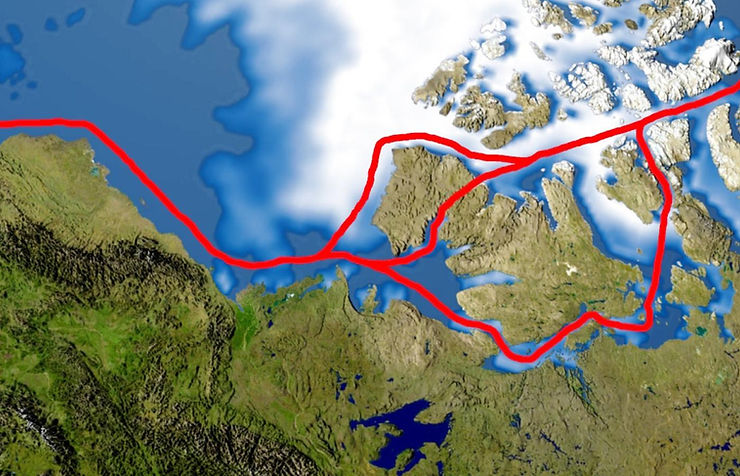By: Edward Zeng
In the 16th century, many sailors from Europe took voyages to find the mythical “Northwest Passage”, a passage that would go through the Americas and give the Europeans a way to sail from Europe to Asia. A sailable passage was never found. However, there is a natural waterway from the East Coast to the West Coast, which can’t carry huge cargo ships, but it is nevertheless interesting. Usually, rivers don’t split. They follow the route of least resistance, which means it is the easiest one for the river to travel down. The small Two Ocean Creek is special because it has two routes of least resistance, and they never meet up again.
In the Bridger-Teton National Forest in Wyoming, the Two Ocean Creek splits into two creeks, Pacific Creek and Atlantic Creek, a rare case of river bifurcation. The Pacific Creek flows into the Snake River and then into the Columbia River, going through the cities of Idaho Falls, Kennewick, and Portland, before reaching the Pacific Ocean. The Atlantic Creek goes in the other direction, flowing into the Yellowstone River, the Missouri River, and, finally, the Mississippi River, before emptying out into the Gulf of Mexico. It goes through countless cities, including Billings, Omaha, and St. Louis.
The stream is not wide enough for ships to go through, but it is calm enough for an adventurous fish to possibly go from one side to the other, talking in a New Orleans accent while other fish in Portland stare at it.











